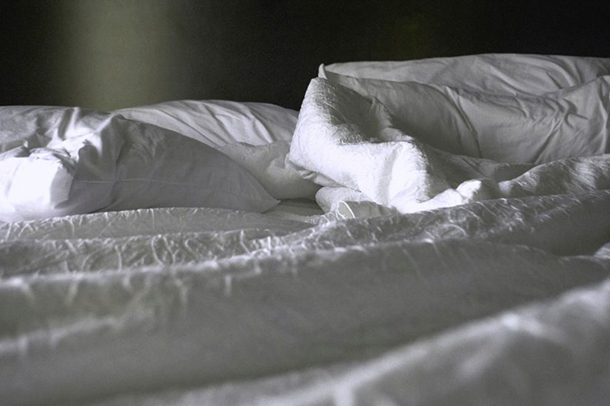Do the effects of the Daylight Savings switch seem to linger all year long? You’re not alone.
According to the National Sleep Foundation’s Sleep Health Index, more than four in 10 Americans had their daily activities significantly impacted by poor or insufficient sleep at least once during the past seven days — a fact highlighted by this year’s Sleep Awareness Week from March 11-17.
After all, balancing work, school, commuting, family life and chores while trying to squeeze in time for self-care activities is difficult enough without sacrificing the seven to eight hours our bodies need to sleep every night. What makes it even tougher is that, for some, despite physical fatigue and a desire to sleep, the brain just refuses to shut off even after the body nestles into blankets.
It’s a common story at the USC Occupational Therapy Faculty Practice, where faculty clinicians work with clients to help them change daily (and nightly) habits and routines to improve their overall health.
There are many things that impact the quality of sleep, including medical conditions, time management skills and sleep hygiene. One surprisingly influential factor is making the transition into sleep. If you are having a hard time falling asleep because of racing thoughts, creative ideas or the in-the-moment stress from not falling asleep, here are a few strategies to get more out of your nightly slumber:
1. Get out of bed if you cannot fall asleep after 20 minutes
The longer you spend in bed tossing, turning and frustrated, the more your brain will associate your bed with a stress response. When repeated enough times, this association can become so strong that your stress response kicks in at the first sign of difficulty falling asleep.
To counteract this pattern, associate your bed with relaxation. After about 20 minutes of wakefulness in bed, move to another room and engage in a calming activity such as reading, stretching or sipping non-caffeinated tea. Allow yourself to calm down before returning to bed.
2. Practice relaxation
Another strategy is to practice activating your relaxation response when you get into bed. You can achieve this with mindfulness meditation techniques, such as progressive muscle relaxation, guided imagery or diaphragmatic breathing. There are many free guided meditations for sleep available online. Audio-only files ensure that no light from your phone screen keeps you awake.
3. Create a wind-down routine
Some activities are more stimulating for our mind and body than others. Replying to work emails on your phone or watching news on your laptop will keep your brain active for longer than reading a book or writing in a journal.
Think of your brain like your body after exercise — instead of jumping straight into bed after a long day of mental workouts, give your brain some cool-down time by completing relaxing activities. Structure your routine to gradually decrease exposure to stimulation over the course of your evening. Wind-down routines don’t have to be long, so start off with just 10 minutes of any relaxing or soothing activity to help your brain ease into sleep.
— Nick Ogura


